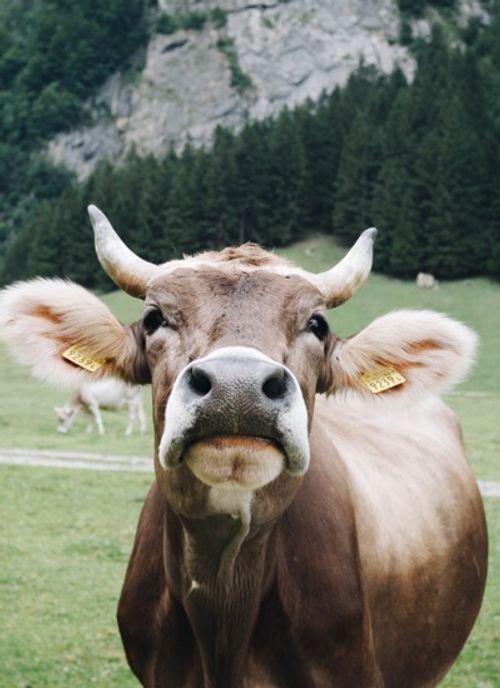Grass-Fed vs Grain-Fed: What’s The Difference?
Jan 07, 2023 · 2 mins read
0
Share

Grass-fed and pastured animals are able to graze on a natural diet of grass, and forage for food, which leads to a number of health benefits for both the animals and the people consuming their products.
Save
Share
Meat from grass-fed cows is 2 to 6 times higher in omega-3 fatty acids than typical feed-lot cows. This means that grass-fed beef is great for helping prevent things like heart disease, stroke, eczema, lupus, and arthritis.
Save
Share
Studies have also found that grass-fed beef contains much larger quantities of antioxidants than grain-fed beef. Antioxidants help prevent cell damage that can lead to serious diseases such as cancer and Alzheimer's disease.
Save
Share
One such antioxidant is conjugated linoleic acid; grass-fed beef contains around twice as much CLA as grain-fed beef. CLA is associated with helping decrease body fat and making you feel fuller after eating, as well as having cancer-fighting properties.
Save
Share
The same is true regarding dairy products from grass-fed cows. Their dairy is higher in CLA and nutrients like vitamin K2, which have numerous benefits like better bone health.
Save
Share
Eggs can benefit from chickens being pastured, too, meaning they forage for food and subsequently eat a more varied, nutritious diet. These eggs are richer in vitamins and minerals, including vitamins A, D, & E, and have more omega 3s, than eggs from grain-fed chickens.
Save
Share
As well as this, the production of grass-fed animal products is generally more sustainable, as it relies on natural systems rather than the use of grains, which require large amounts of water, land, and pesticides to produce.
Save
Share
Supporting grass-fed animal agriculture can help to preserve small family farms and promote more humane animal husbandry practices, which is really what we need more of going forward.
Save
Share
Many people also find that they are able to digest products from grass-fed animals more easily, as the natural diet of the animals leads to a more nutrient-dense and easily digestible final product.
Save
Share
If you enjoyed this Memo and want to learn more about food, cooking and general health, follow me for more!
Save
Share
0